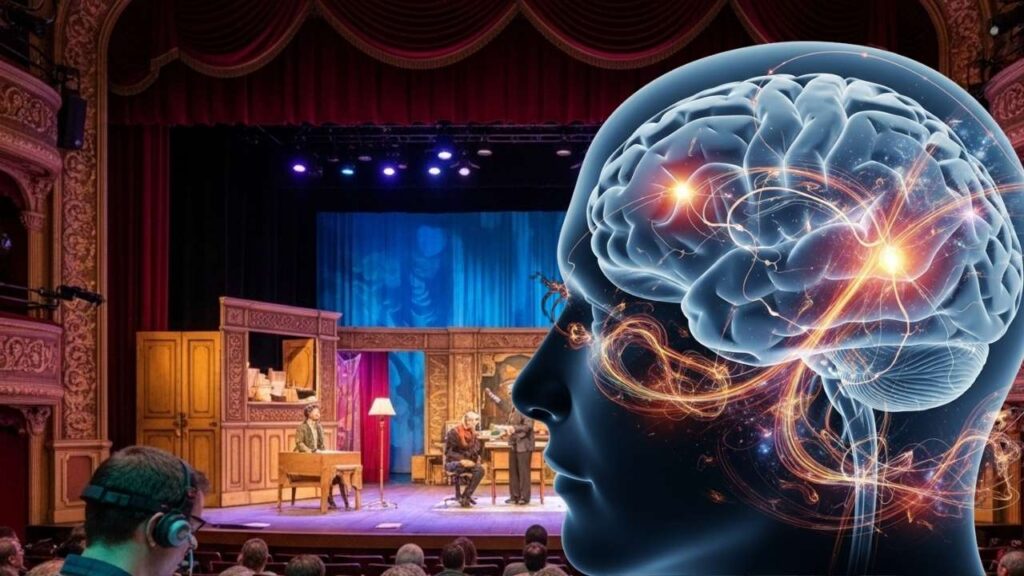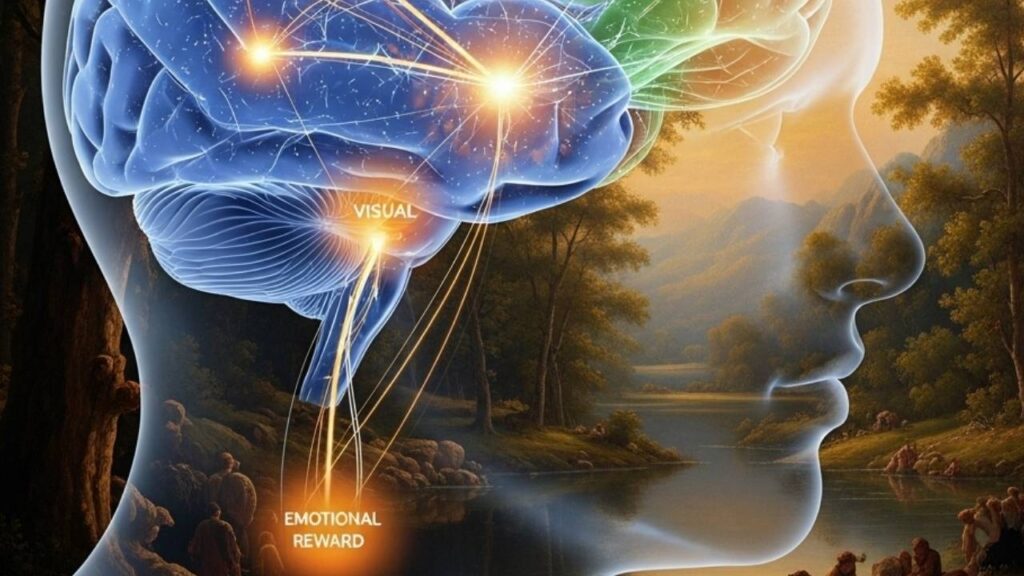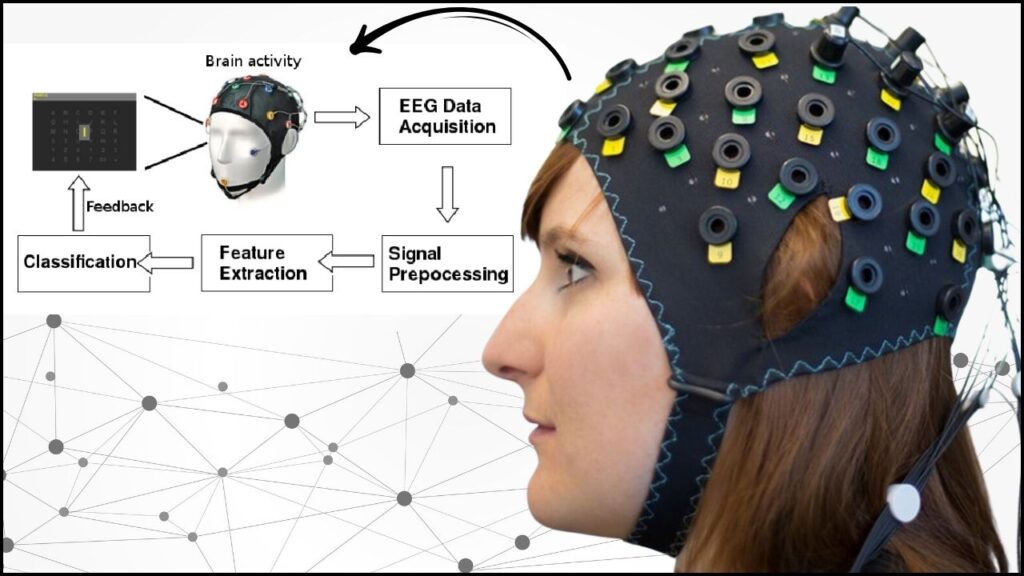Tsinghua’s Theater-Based Immersive Neuroaesthetics: Tsinghua’s theater-based immersive neuroaesthetics study has become a hot topic in China, blending cutting-edge neuroscience with the magic of live theater. This innovative research program, led by Tsinghua University, uses advanced technology to monitor how our brains react to art in real time. By capturing the neural activity of audience members during live performances, the study aims to answer a fascinating question: How does the human brain perceive and evaluate beauty?

In this article, we’ll explore what neuroaesthetics is, why Tsinghua’s experiment is so groundbreaking, and how this research could impact fields from art appreciation to mental health. Whether you’re a curious student, a parent, or a professional in neuroscience or the arts, you’ll find practical insights and clear explanations to help you understand this exciting development.
Tsinghua’s Theater-Based Immersive Neuroaesthetics
| Key Point | Details |
|---|---|
| Study Name | Theater-Based Immersive Neuroaesthetics Research Program |
| Institution | Tsinghua University |
| Field | Neuroaesthetics (intersection of neuroscience, psychology, and art) |
| Method | Synchronous neural activity recording during live theater performances using brain-computer interface (BCI) technology |
| Participants | Tsinghua students (initially 8 in the viral event) |
| Public Reaction | Viral on social media, with over 10 million views and heated discussion about the futuristic headgear |
| Potential Applications | Art appreciation, emotional disorder rehabilitation, cognitive intervention, and technology development |
| Official Resource | Tsinghua University Official Website |
Tsinghua’s theater-based immersive neuroaesthetics study is a landmark project that brings together science, technology, and art in a truly innovative way. By studying how our brains react to live performances, researchers are opening new doors for understanding beauty, creativity, and emotion. The public’s fascination with this experiment shows that science can inspire curiosity and wonder far beyond the lab.
Whether you’re a student, a professional, or simply someone who loves art, neuroaesthetics offers exciting new ways to explore what it means to be human. As technology and art continue to intersect, the future of this field looks brighter—and more beautiful—than ever.
What is Neuroaesthetics?
Neuroaesthetics is a new and exciting field that brings together science and art. It studies how our brains respond to beauty—whether it’s a painting, a piece of music, a dance, or even a beautiful sunset. Scientists use tools like EEG (electroencephalography) and brain-computer interfaces (BCI) to measure brain activity while people experience art.
Neuroaesthetics is highly interdisciplinary. It combines:
- Neuroscience: Understanding the brain’s structure and function
- Psychology: Studying human behavior and emotions
- Art and Humanities: Exploring creativity, expression, and cultural meaning
By connecting these fields, neuroaesthetics helps us understand not just what we find beautiful, but why we find it beautiful—and how this experience affects our minds and bodies.
Inside Tsinghua’s Theater-Based Study
The Experiment
In June 2025, Tsinghua University’s research team invited students to attend a live dance performance called “Wing Chun.” But this wasn’t an ordinary night at the theater. Eight students sat in a row wearing futuristic headgear covered with threads and white dots. These devices weren’t props—they were sophisticated BCI tools, designed to record the students’ brain activity as they watched the performance.
The goal? To capture how the brain processes live art in real time, outside the artificial setting of a lab.
The Technology
The headgear used in the experiment is a type of brain-computer interface (BCI). BCIs allow scientists to “listen in” on brain activity by detecting electrical signals from the scalp. While this might sound like science fiction, BCIs are already used in many areas, from helping people with disabilities to controlling computers with thoughts.
In Tsinghua’s study, the BCI headgear recorded how the students’ brains responded to the emotions, movements, and music of the live performance. This data helps researchers map which parts of the brain “light up” when we see something beautiful or moving.
Public Reaction
When photos of the students in their headgear hit social media, the internet exploded with curiosity and confusion. Some people joked that the students looked like they were part of a secret sci-fi experiment. Others were unsettled by the “cyberpunk” look of the devices, with some netizens saying the scene gave them goosebumps.
Tsinghua University quickly clarified that this was a real scientific experiment—not a publicity stunt or a new fashion trend. The viral attention has helped spark public interest in both neuroscience and the arts, showing how science can capture the imagination of a wider audience.
Why Is This Study Important?
1. Bridging Art and Science
Tsinghua’s experiment is the first of its kind in China to study neuroaesthetic responses in a real theater setting. Most previous studies took place in labs, where participants looked at pictures or listened to music in isolation. By moving the research into a live theater, scientists can study art as it’s meant to be experienced: together, in the moment, with all the sights, sounds, and emotions of a real performance.
2. Advancing Technology
The study uses advanced BCI technology, which is at the forefront of neuroscience research. By improving these tools, scientists can develop better ways to study the brain and even create new therapies for mental health conditions.
3. Potential Medical Applications
Understanding how the brain processes beauty and emotion can help in treating emotional disorders and improving cognitive intervention techniques. For example, art therapy is already used to help people with depression or anxiety. By learning more about the brain’s response to art, therapists can design more effective treatments.
4. Educational Impact
The project also has an educational mission. Tsinghua’s Music and Brain Summer Workshop, for example, brings together students from science and the arts to learn about music, neuroscience, and technology. This kind of interdisciplinary training prepares the next generation of researchers to tackle complex problems from multiple angles.
How Does Neuroaesthetics Work? A Step-by-Step Guide

Step 1: Selecting the Art
Researchers choose a form of art—such as a dance, a painting, or a piece of music—that they want to study. In Tsinghua’s case, it was a live dance performance.
Step 2: Recruiting Participants
Volunteers (often students) agree to take part in the experiment. They are fitted with BCI headgear or EEG caps that can record their brain activity.

Step 3: Recording Brain Activity
As participants experience the art, the BCI records electrical signals from the brain. Scientists look for patterns that show which areas of the brain are active during moments of beauty, surprise, or emotion.
Step 4: Analyzing the Data
Using advanced computer software, researchers analyze the brain signals to find out how different types of art affect the brain. They may compare responses to different styles, colors, or sounds.
Step 5: Applying the Findings
The results can help artists, educators, and therapists understand how art affects us—and how it can be used to improve mental health, learning, and creativity.
Practical Advice: How Can You Get Involved?
- Students: If you’re interested in neuroaesthetics, look for workshops or summer programs like Tsinghua’s Music and Brain Summer Workshop. Many universities offer interdisciplinary courses in neuroscience and the arts.
- Professionals: Stay updated on the latest research by following academic journals, attending conferences, or joining professional organizations in neuroscience, psychology, or the arts.
- General Public: You don’t need to be a scientist to appreciate neuroaesthetics! Try visiting museums, attending performances, or even creating your own art. Pay attention to how different experiences make you feel—and remember, your brain is working behind the scenes to create those feelings.
Quantum Sensors Now Deliver Unmatched Precision For Medical And Aerospace Breakthroughs
Microsoft Declares the Beginning of the Logical Qubit Era in Quantum Computing
Nike Unveils FlyWeb: A 3D-Printed Material Designed for Elite Athletic Performance
FAQs About Tsinghua’s Theater-Based Immersive Neuroaesthetics
Q1: What is the main goal of Tsinghua’s neuroaesthetics study?
A: The main goal is to understand how the human brain perceives and evaluates beauty during live art experiences, using advanced brain-monitoring technology.
Q2: What is a brain-computer interface (BCI)?
A: A BCI is a device that records electrical signals from the brain and can sometimes allow direct communication between the brain and computers or other devices.
Q3: Is it safe to participate in these experiments?
A: Yes, the headgear used in these studies is non-invasive and safe. It simply records brain activity, much like a heart monitor records your heartbeat.
Q4: Can neuroaesthetics help with mental health?
A: Yes, understanding how the brain responds to art can help develop better therapies for emotional disorders and cognitive challenges.






